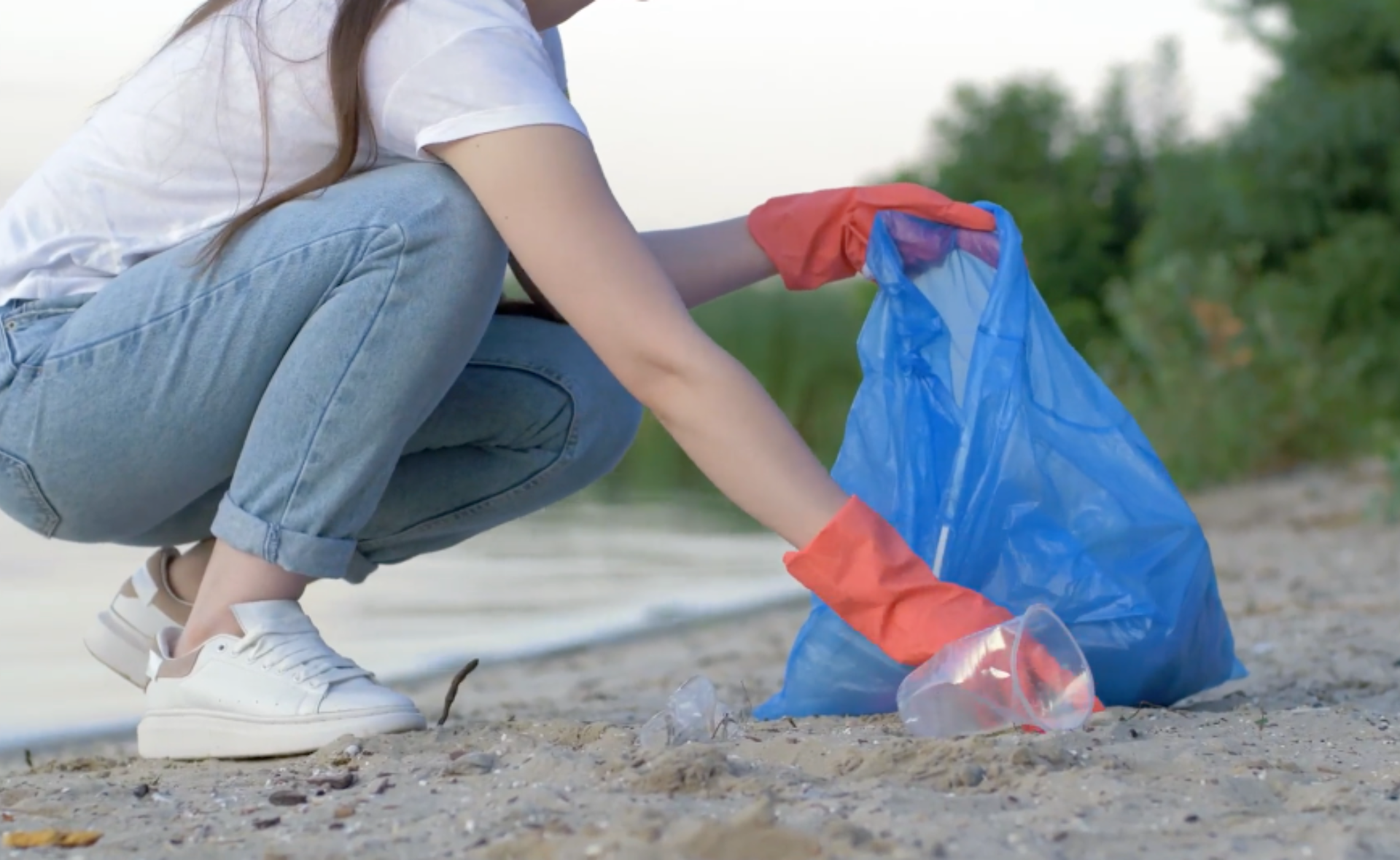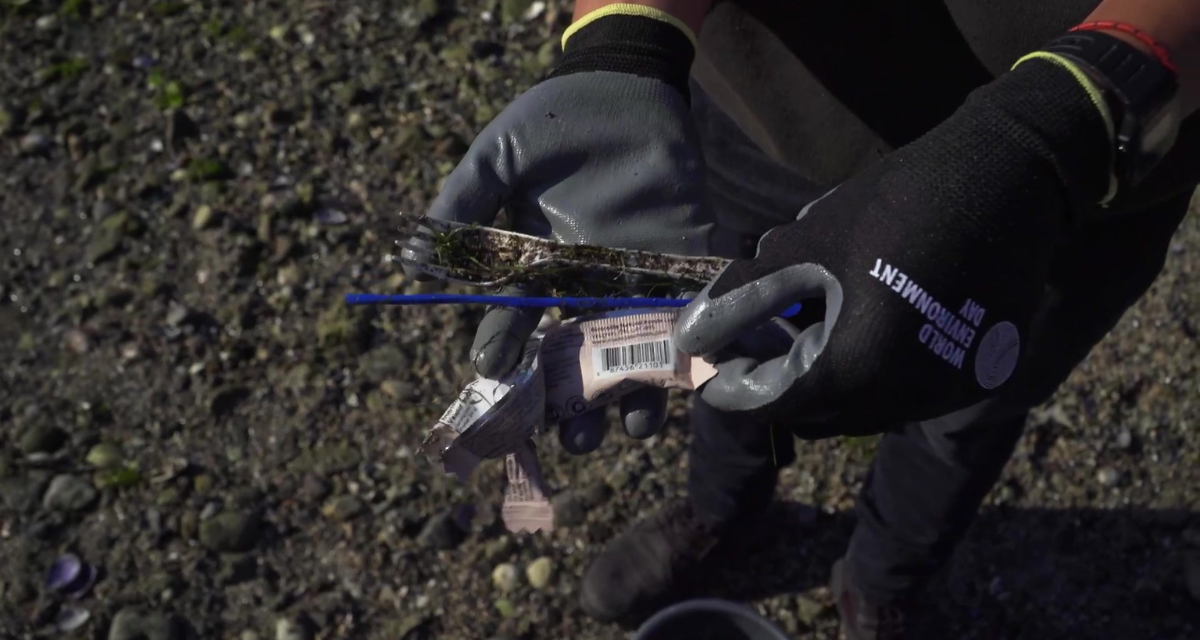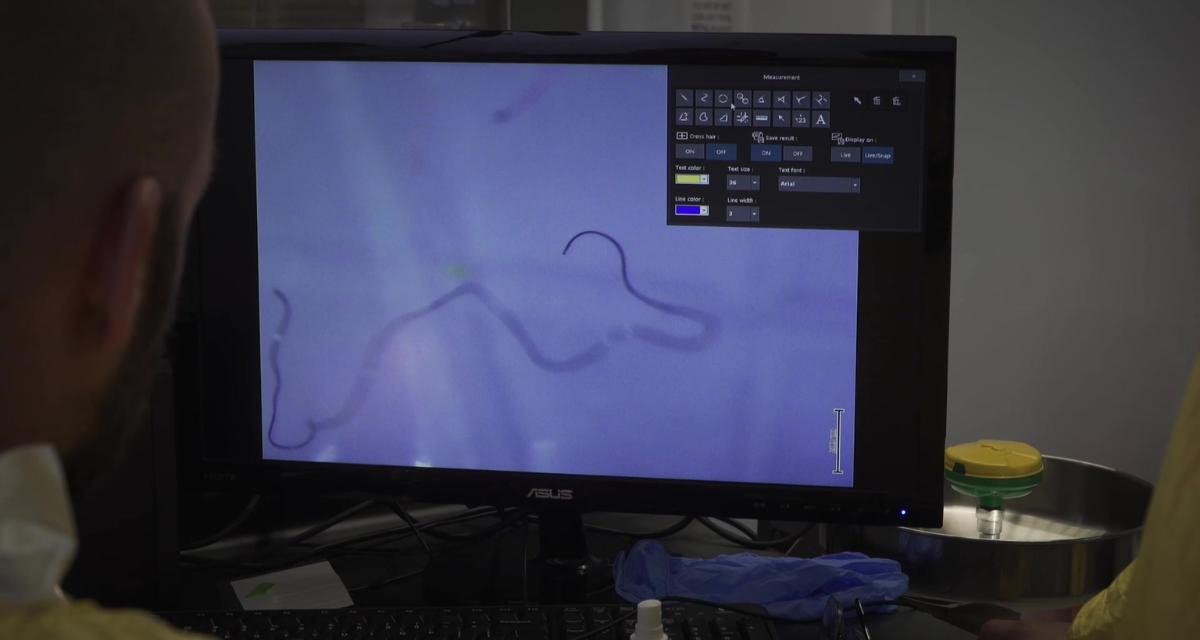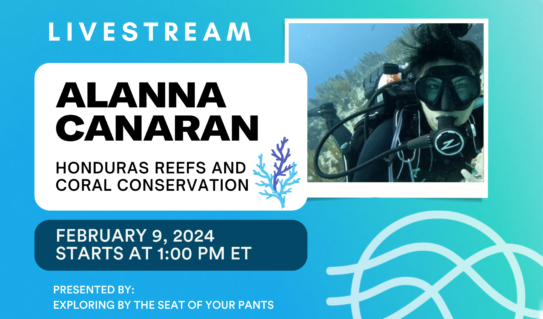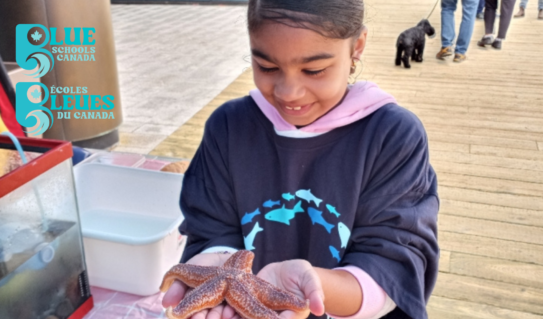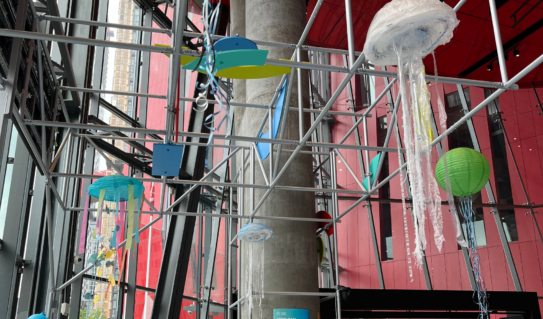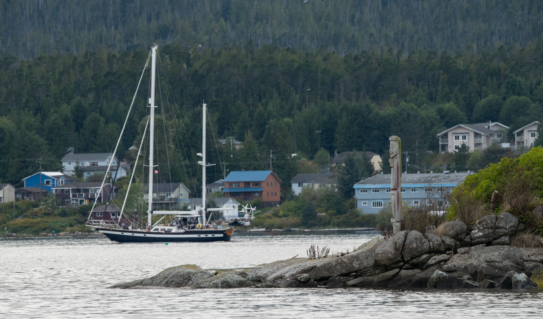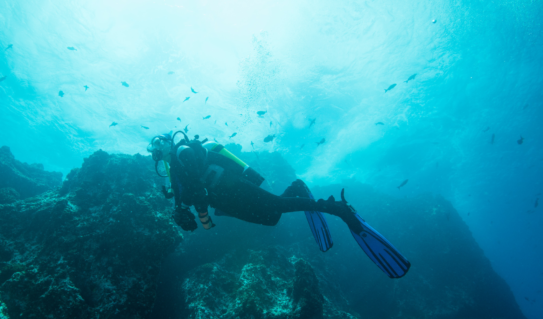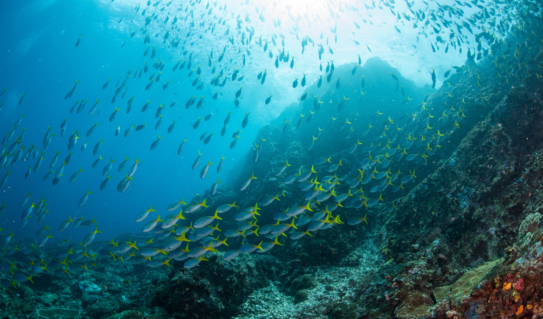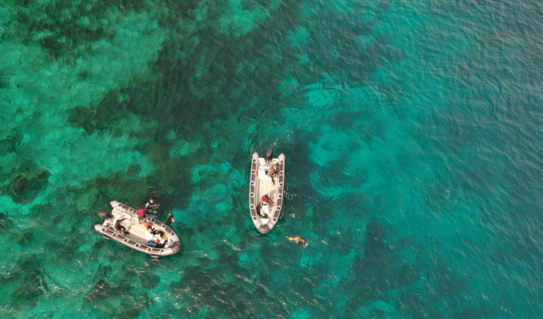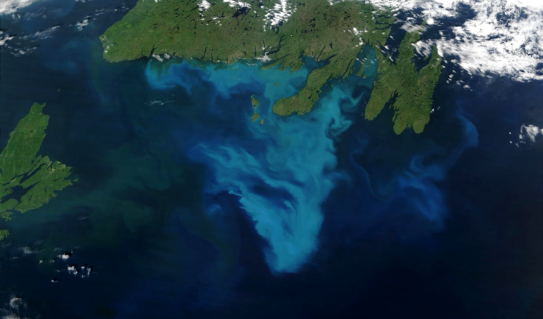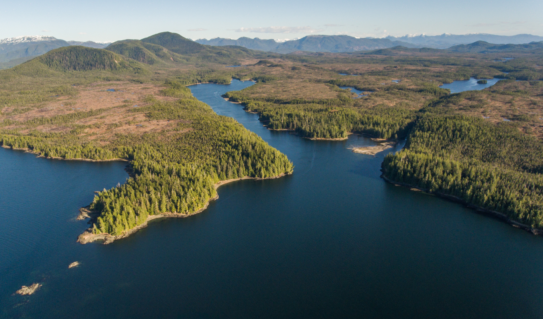Here are our top five ways you can take action against ocean plastics:
1. Reduce your use of plastics
The best possible option to decrease plastics entering the ocean is reducing the amount produced. We can do that by reducing demand for plastics. A good place to start is with single-use plastics. Choose not to use plastic bags (including ziplocs), straws, cutlery, and styrofoam. Choose to buy items not wrapped in plastic. More generally, reduce your use of items made of plastics, especially those that cannot be recycled. Where possible, choose products that are made from materials other than plastics.
2. Dispose of your garbage properly, no matter where you live
No matter where you live, all waterways in your community eventually flow to the ocean. A plastic spoon that accidentally falls on the ground can be washed by the next rain into a storm sewer that takes it to a local river. That river may end in another river, a lake or the ocean. To keep plastics out of the ocean, it is important to dispose of your garbage properly.
3. Understand your plastic footprint and equip yourself with knowledge about the challenge
Knowing the scale of a problem can help us better understand how to solve it. Keep track of all the plastics you discard - you may be surprised by how much we all use on a day-to-day basis. Single-use plastics, such as bottles, cups, bags, straws, and food packaging add up quickly. There are many items we may not immediately think of as plastic, such as cigarette butts, and cotton swabs that may end up in local environments.
4. Make ocean-friendly choices, like buying clothing made from natural fibers
Many of our favourite clothes are made from synthetic materials, meaning they are people-made, and often derived from petroleum. Materials like nylon, polyester fleece, and spandex are woven into many of the clothes we wear. Garments made from these materials shed hundreds of thousands of tiny strands called microfibers each time they’re laundered. Microfibers enter local waterways and make their way to the ocean. Chemicals glom onto microfibers, which can be mistaken for food by tiny marine animals, and allow potentially dangerous chemicals to enter the marine food chain.
To make a positive difference, choose clothing made from natural fibers, such as cotton, wool or hemp. Or, even better, reduce the number of new garments you buy by hosting a clothing-exchange with your friends.
